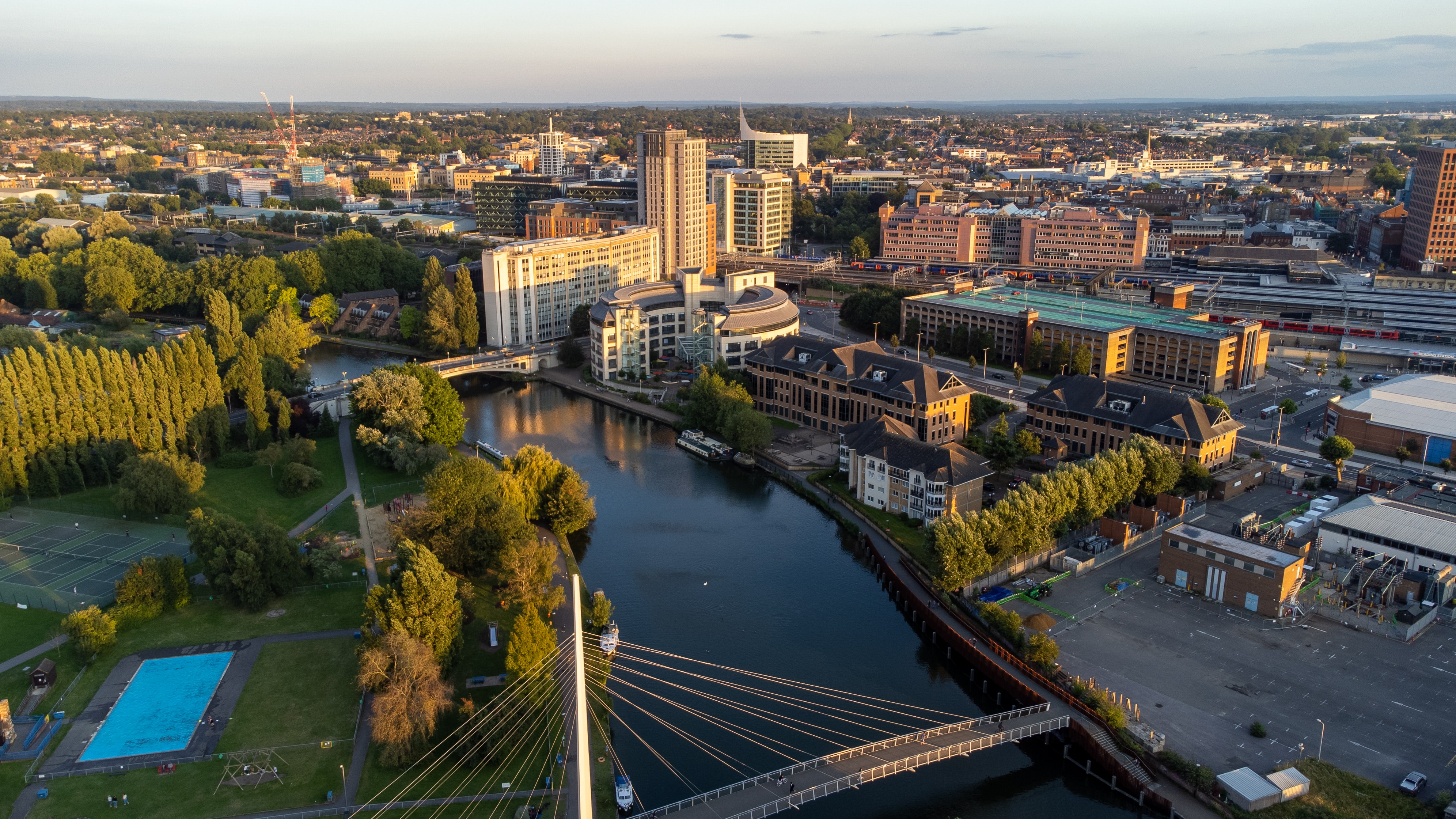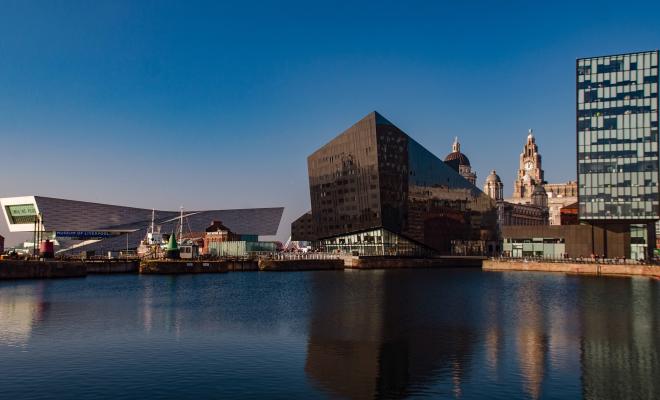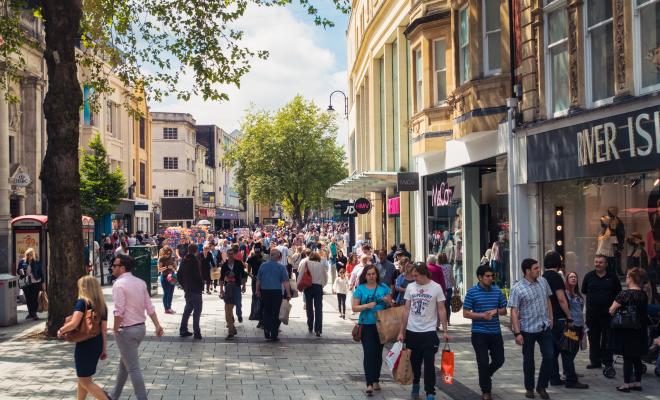20 Sep 2024
How is Action 16 tackling the climate crisis?
According to the Climate Change Committee's 5th Carbon Budget, around 20% of the UK’s carbon emissions come from residential gas and electricity. It makes no sense to build homes now that'll need retrofitting in the future, but national building regulations don't currently require new homes to be zero carbon. However, councils can set their own local planning requirements that do demand this standard, although very few have done so.
Reading Borough Council is one council that has. The council’s 2019 Local Plan requires that all new residential developments of 10 or more homes are built to zero-carbon standards if possible. Zero carbon is an achievable standard that, until recently, was intended to be a national requirement in UK building regulations. A zero-carbon home is one that creates no new carbon emissions once built, by minimising energy use and using renewable energy supplies.
The council’s Local Plan states that if reaching the zero-carbon standard isn't possible (as determined by the developer), the development must deliver a 35% or greater reduction in carbon emissions compared to minimum UK standards. For every tonne of carbon emissions, the developer must pay £1,800 towards offsetting in Reading, with this offsetting related directly to energy efficiency or renewable energy contributions in the local area. The council is in the process of developing guidance on how the offset contributions will be spent. (Developments complying with this policy are only just starting to be built, and contributions will only be paid just after occupation).
Other residential developments in Reading involving 9 or fewer homes are required to deliver a 19% carbon reduction over national minimum standards. As defined in the Local Plan, offsets may be possible through planning contributions ring-fenced for carbon savings elsewhere, if this standard can't be reached.
What impact has the project had?
The majority of new homes granted planning permission have met the criteria for applying the zero-carbon policy, with a minority of small developments and changes of use that don't require the application of the policy. Between April 2020 and March 2021, a relatively low number of homes, 165 in total (in 5 developments), were granted planning permission, all of which will conform to the zero-carbon standards as defined in the policy, with an additional 1,150 by November 2021. As of November 2021, none of these developments had yet been completed. However, Reading’s Local Plan sets out a target to build almost 16,000 homes between 2020 and 2036, so the impact of the policy will increase over time.
As well as requiring zero-carbon homes, the Local Plan also requires new-build housing to be accessible and adaptable to future changing needs (as specified in the Building Regulations). 5% of new housing on sites of 20+ homes should be wheelchair accessible and have high levels of water efficiency. There are also requirements for all new houses with dedicated off-street parking to include electric vehicle charging points, while developments with communal car parks should include a charging point in 10% of spaces.
Reading is now conducting a partial update of its Local Plan, ready for 2024.
What made this work?
Reading’s Local Plan was created following the council’s declaration of a climate emergency in 2019, so the council was able to incorporate its ambitions to cut carbon emissions.
Two factors were critical to enabling this policy:
- Political buy-in: before the council declared a climate emergency, key lead members suggested they wanted to hit the highest sustainability standards from the outset and at least match the carbon targets set out in the London Plan.
- Viability assessment of the Local Plan: the council’s viability consultant attended the council’s Local Plan examination and contributed to the discussion on zero-carbon standards, preparing an additional note for the Inspector on how the assessment took zero carbon into account.
The consultant assumed a 1% increase in build costs created by the new standards. The proposals only received a handful of objections from developers. Given that homes with high standards of energy efficiency can command a higher price, a small increase in build costs shouldn't be a barrier to developers. And as the council points out in its Supplementary Planning Document: “In many cases, whole-life considerations may justify capital costs at the time of construction. For example, installation of energy-efficient technologies will likely decrease the electricity and gas costs for users over the lifetime of the development.”
What resources were needed?
The policy creates extra work that the council doesn't have the resources to complete. Reading’s only in-house expertise on Standard Assessment Procedure (SAP) assessments (which are used to assess home energy efficiency) is in its building control department, but this has no capacity to assist the work of the planning department.
The council has a small in-house sustainability team, but this has little capacity to give regular advice to the planning department, and in any case, the team aren't experts in assessing SAP information.
The council therefore uses consultants (Element Energy) to review the submitted information for major schemes. The cost of this is charged to the developer. The council is currently considering how it can expand its in-house expertise and whether this can be funded by developers.
Lessons from Reading
Dealing with opposition from developers
Resistance from developers may be less than councils anticipate. Reading had a handful of objections to the Local Plan policy, mainly driven by developers either:
- stating that they considered the viability information to be insufficient,
- claiming that the policy wasn't necessary as it was covered by national building regulations, or
- claiming that national policy states that such standards shouldn't be put in place.
These were discussed during the Local Plan examination when the Inspector was persuaded by the council’s case, demonstrating that councils can overcome developers’ concerns about viability. Other councils should ensure that their viability evidence is robust and consider having their viability consultant attend the Local Plan examination as Reading did.
The council has had very little resistance from developers since the policy was adopted. The council adopted a Sustainable Design and Construction Supplementary Planning Document shortly afterwards, and this gave some advice that may have been helpful to developers in demonstrating how the standards could be met. For example, they should use the SAP12 methodology with SAP10 carbon factors (details are provided in the Reading Borough Council document).
National guidance
National policy (set out in the National Planning Policy Framework) specifically allows councils to set higher than national standards, confirming that “local authorities are not restricted in their ability to require energy efficiency standards above Building Regulations.” But not many do, partly because the government hasn't yet set out clear guidance on this, and because the government’s decision to allow higher standards came after many councils had started preparing or reviewing their Local Plans.
The Future Homes Standard was updated to ensure new homes built from 2022 produce 31% less carbon emissions compared to current standards, but this remains below Reading’s requirement. This unambitious target is in addition to the previous delay to implementing zero-carbon homes standards from 2016, following the government’s withdrawal of the Code for Sustainable Homes in 2015.
In the absence of clear guidance from government, it's important that local authorities share good practice in setting higher standards while waiting for national standards to catch up. Councils can also back the Better Planning Coalition’s call for all planning policies to be aligned with UK carbon targets and budgets. Ambitious councils like Reading support stronger legislation to provide clarity and confidence when proposing ambitious policies on carbon reduction. Until this happens, councils will continue to have zero-carbon housing policies challenged by the Planning Inspectorate, as is happening in West Oxfordshire and Lancaster, showing that better regulatory alignment is definitely needed.
Emissions from materials and construction aren't currently included in national building regulations, but should be in the future to ensure a lifecycle approach. Some councils are starting to address this too, and the next iteration of the London Plan is looking to propose carbon allowances for buildings, with the possibility of this also applying to building materials.
Grid capacity
Developers are also complying with Reading’s zero-carbon homes policy by incorporating air-source heat pumps into their plans. However, the regional electricity company, SSE, is struggling to service all the new heat pumps and electric vehicle chargepoints that are coming in with new developments. Developers have relied upon grid decarbonisation and energy efficiency measures to meet requirements instead of additional on-site changes, such as reducing the emissions from their construction processes or materials (known as embodied carbon).
Other councils should anticipate a similar issue of negotiating grid capacity if cleaner energy generation is used as a means to reach policy objectives. This is another area where national action by government and industry is desperately needed to ensure there’s sufficient grid capacity for a range of decarbonisation initiatives.
“The council has had very little pushback on this now that the policy is adopted. In broad terms, I think most major developers are seeing where national policy is going and understand that improvements are necessary.”
Mark Worringham, Planning Policy Team Leader, Reading Borough Council
Useful information
Related projects
We've found some examples of other council activity on this topic.
- Cornwall and Lancaster City councils are carrying out climate emergency reviews of their planning policies, including new policies for zero carbon housing.
- Manchester City Council is considering an ambitious net zero policy for new buildings, including reducing embodied carbon.
Friends of the Earth's view
Reading is one of several councils going above national standards to require zero-carbon new homes. Importantly, Reading has succeeded in getting its policy (which goes beyond even the latest update to the UK government’s Future Homes Standard) approved by the Planning Inspector and accepted by developers. This should encourage more councils to develop bolder policies.
As of July 2023, we're aware of a handful of councils with ambitious policies to cut carbon and make homes energy efficient adopted in their Local Plans. This should encourage more councils to try and develop bolder policies for housing, but there are inconsistencies in the way the Planning Inspectorate is interpreting national policy. For instance, in Lancaster and West Oxfordshire, policies for zero-carbon homes have shockingly been rejected by Inspectors.
We urgently need better legal and policy alignment between the planning system and national climate targets so that councils are empowered to set out bold climate policies for new development. In addition, for genuinely zero-carbon homes, embodied carbon must also be addressed, and the supply of local renewable energy increased to meet the needs of new developments. Offsetting shouldn't be a substitute for cutting emissions.
Councils should also be ensuring that new developments are accessible by public transport, walking and cycling, as car-dependent developments will increase carbon emissions (Action 28 of the Climate Action Plan).
Friends of the Earth is showcasing specific examples of good practice in tackling climate change, but that doesn’t mean we endorse everything that a council is doing.
This case study was produced by Ashden and Friends of the Earth. It was originally published in March 2022 and was last updated in July 2023. Any references to national policy in this case study relate to policy under the previous government and reflect the policy context in which the council was operating at the time.





